Banisteriopsis Caapi – Peruvian Napo Cielo, Finely Shredded
Desde € 14,52 Incl. VAT
Botanical name: Banisteriopsis Caapi
Type: Cielo
Plant part: Vine
Form: Finely Shredded
Country: Peru
Region: Napo
Beschreibung
Banisteriopsis Caapi – Peruvian Napo Cielo
New in our selection! This mature whole Cielo Ayahuasca vines came from the Peruvian Amazon near the Rio Napo. The harvesting has been done in the wild. Excellent quality.
Banisteriopsis Caapi
Banisteriopsis caapi, commonly known as Ayahuasca, is a perennial vine of the Malpighiaceae family that possesses intriguing botanical characteristics. This exceptional plant originates from the Amazon rainforest and features slender stems that can climb up to 30 meters in height. Its leaves are opposite and ovate-shaped, showcasing a glossy texture with prominent veins. The twining nature of B. caapi allows it to skilfully wrap around host trees for support during its vertical ascension towards sunlight exposure.
B. Caapi Ayahuasca
Notably, this enchanting vine holds ethnobotanical significance as one of the primary ingredients in traditional Ayahuasca brews used by indigenous communities for centuries due to its psychoactive properties. With distinctively elongated shape and traces of deep reddish-brown hues on its bark, Banisteriopsis caapi stands as an emblematic botanical specimen deeply entwined with the cultural practices associated with Ayahuasca ceremonies throughout the Amazon basin region.
Buy Ayahuasca
Maya sells a beautiful selection of Aya plants, sacred plants of the ancient shamans of the South American Amazon basin.
Reviews (0)
Only logged in customers who have purchased this product may leave a review.
Legality
Disclaimer
Related products
Banisteriopsis Caapi
Banisteriopsis Caapi
Banisteriopsis Caapi
Freeze Dried Caapi Extract (Banisteriopsis Caapi) – From Ecuador
Banisteriopsis Caapi
Banisteriopsis Caapi
Banisteriopsis Caapi – Resin Extract 30:1 – Brazilian Caupuri Vine
Banisteriopsis Caapi
Banisteriopsis Caapi
Banisteriopsis Caapi
Banisteriopsis Caapi – Peruvian Red Ayahuasca Vine- Liquid Extract 12:1 from Peru

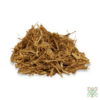
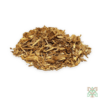

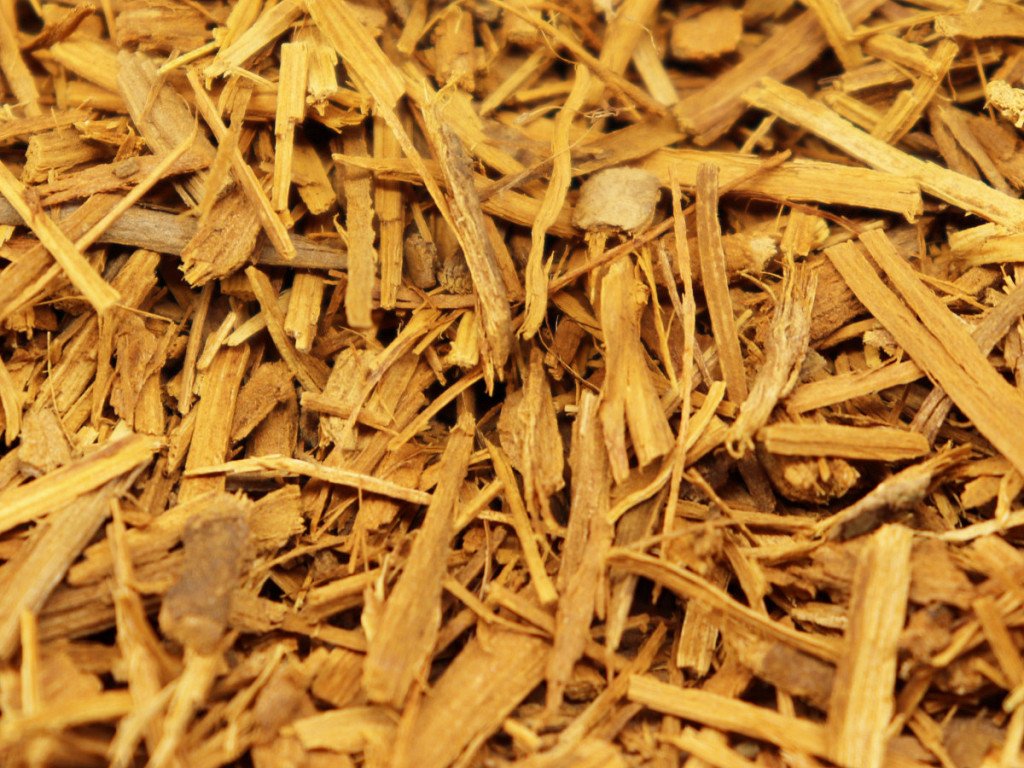
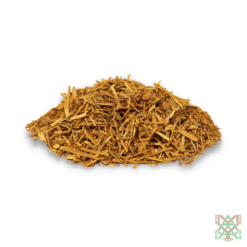
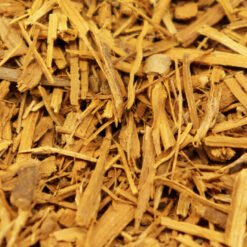
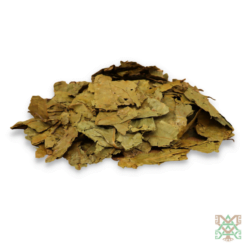
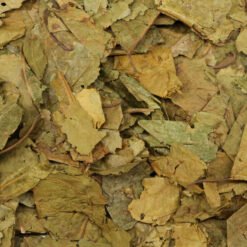

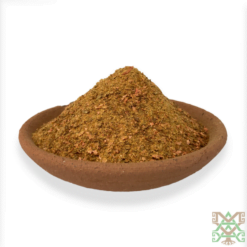
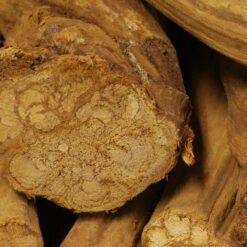
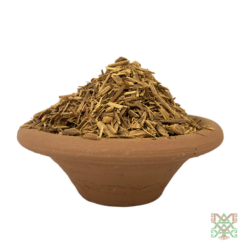
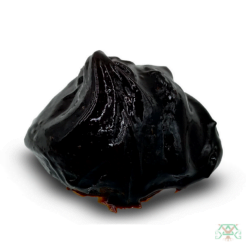
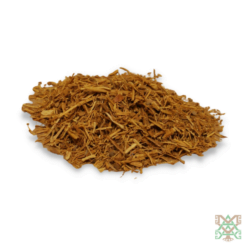
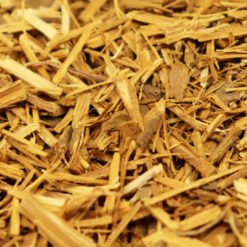
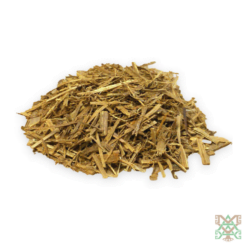
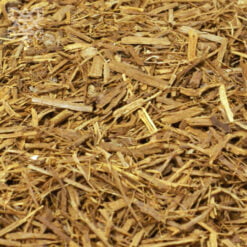
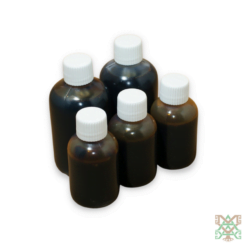
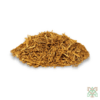
Reviews
There are no reviews yet.